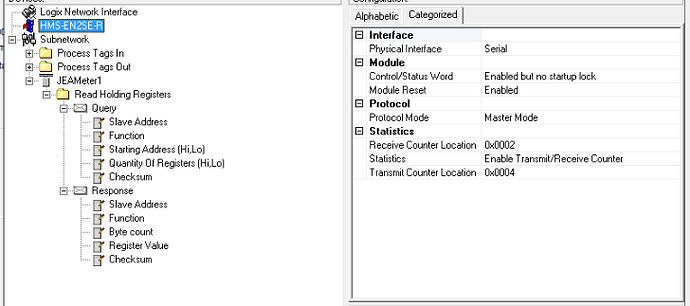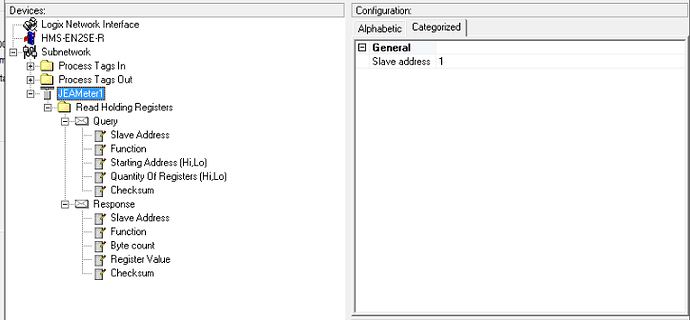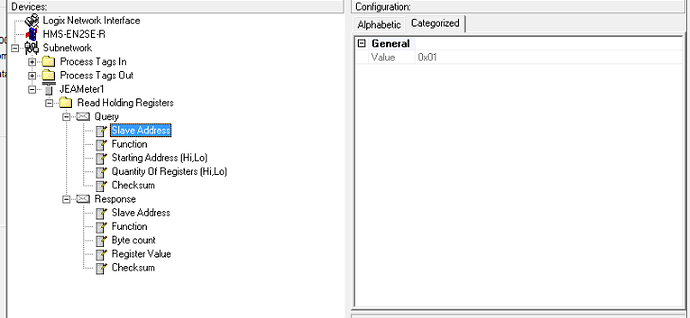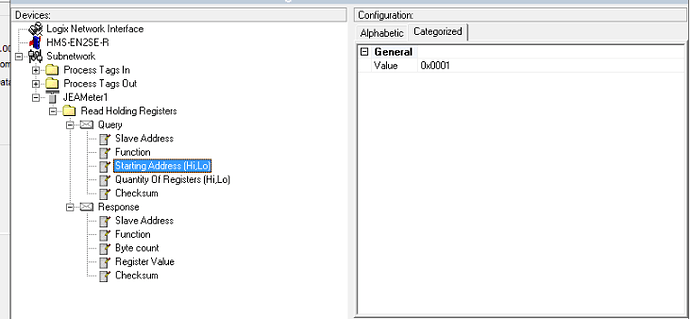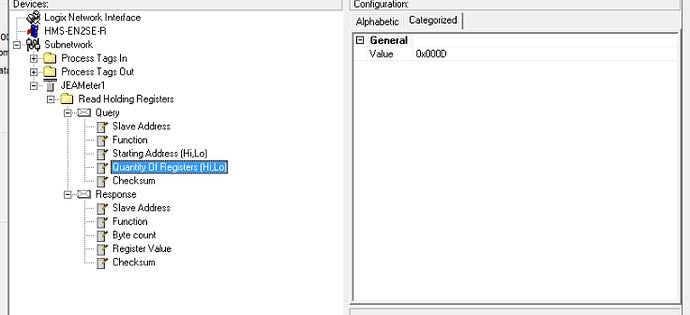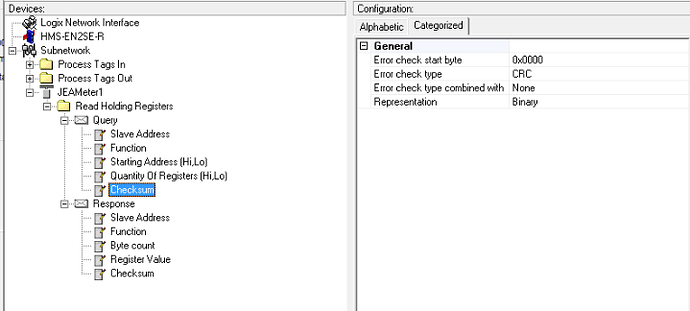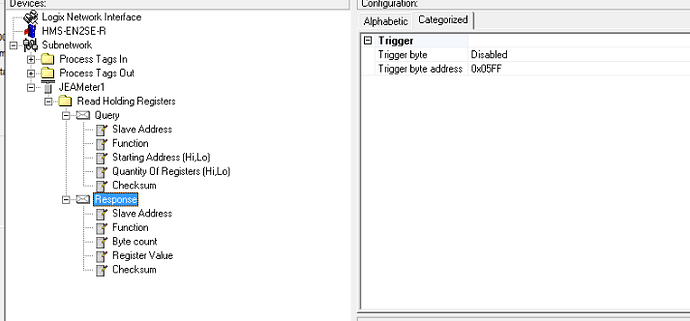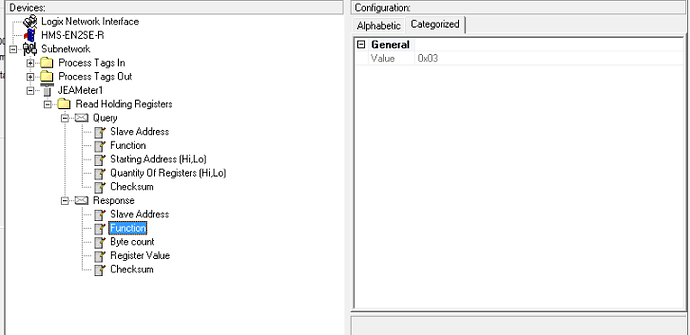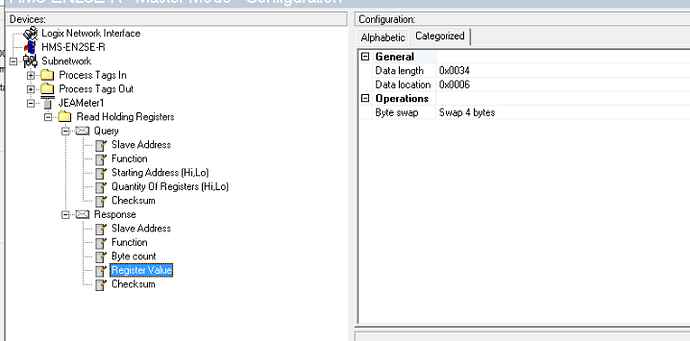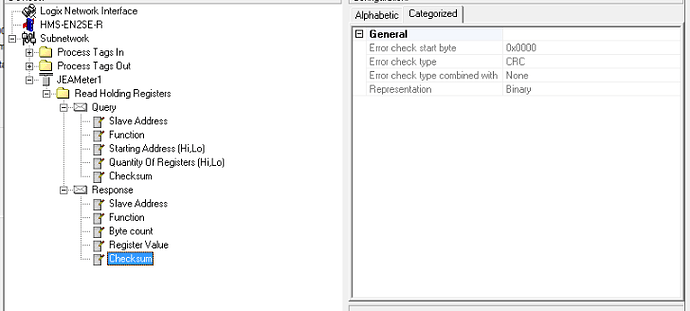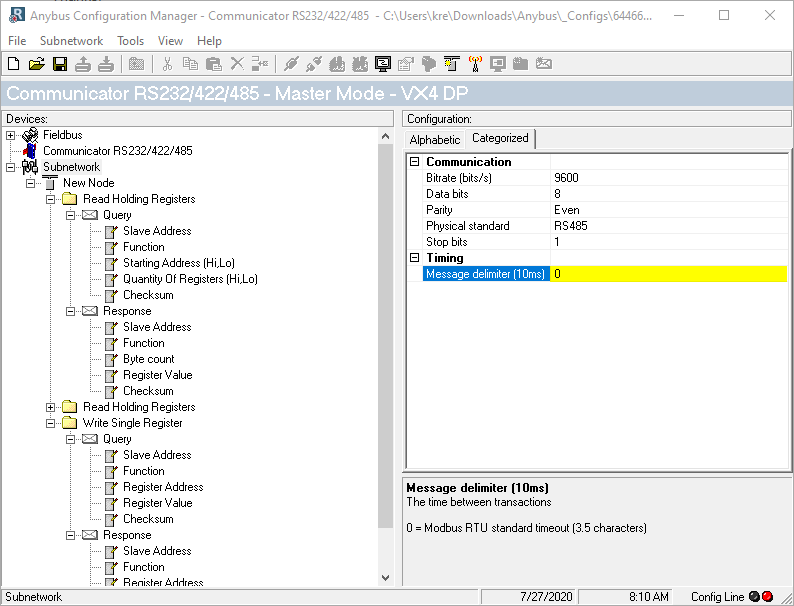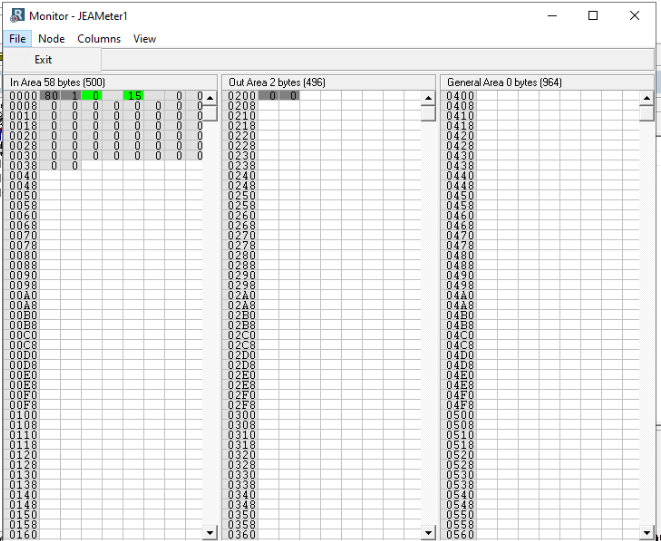Kyle,
Just to update and keep this thread alive, I had the supplier come on site once again, and demonstrate that they could read data from their device, even connected from the wiring at my end. However, using the same software and settings they used, I still read
garbage with my Laptop, and still get errors via the Anybus device. I am currently waiting the arrival of a different USB to RS485 converter to use with my laptop, so I can verify function at least to the terminal point in my equipment cabinet. There may
still be a question about the proper connections to the DB-9 connector on the Anybus device, but I’ll cross that bridge when I get to it.
Thanks,
Ross



